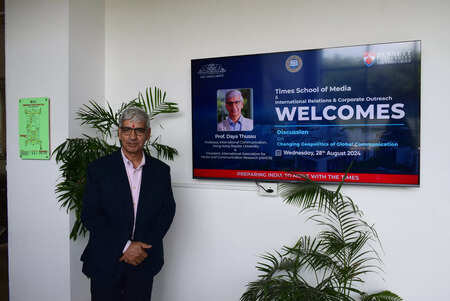Surviving the Scorch: India's Battle with Heatwaves
Times of Bennett | Updated: May 30, 2023 16:17

By Athar Saeed
Introduction
As the mercury rises and the sun bears down relentlessly,
Causes:
Several factors contribute to the occurrence and intensity of heatwaves in India. Climate change, resulting from global warming and greenhouse gas emissions, plays a significant role in amplifying temperature extremes. Urbanization and the heat island effect worsen the situation, as concrete jungles absorb and radiate heat. Additionally, deforestation and loss of green cover reduce the natural cooling effect provided by trees and vegetation.
Regional Variations:
India's vast geographical expanse leads to regional variations in
Coping Strategies:
To combat the rising threat of heatwaves, India has implemented various measures. The government has initiated early warning systems to alert communities about impending heatwaves, enabling preparedness and evacuation plans. Heat action plans have been developed in cities, emphasizing the establishment of cooling centers, distribution of water, and public awareness campaigns. Encouragingly, several organizations are promoting sustainable practices like afforestation and the use of cool roofs to mitigate the urban heat island effect.
Individual Responsibility:
While collective efforts are vital, individuals can also contribute to mitigating the effects of heatwaves. Staying hydrated, avoiding direct sun exposure during peak hours, wearing loose and light clothing, and using sunscreens are simple yet effective steps. Reducing energy consumption, adopting renewable energy sources, and minimizing water wastage at the household level can also make a significant difference.
Conclusion:
India's battle with heatwaves is an urgent wake-up call to address the challenges of climate change and protect the well-being of its citizens. With rising temperatures becoming the new norm, proactive measures, both at the policy level and individual level, are crucial. By adopting sustainable practices, increasing resilience, and enhancing public awareness, we can strive to create a safer and more sustainable future, where the scorching heat becomes a thing of the past.











